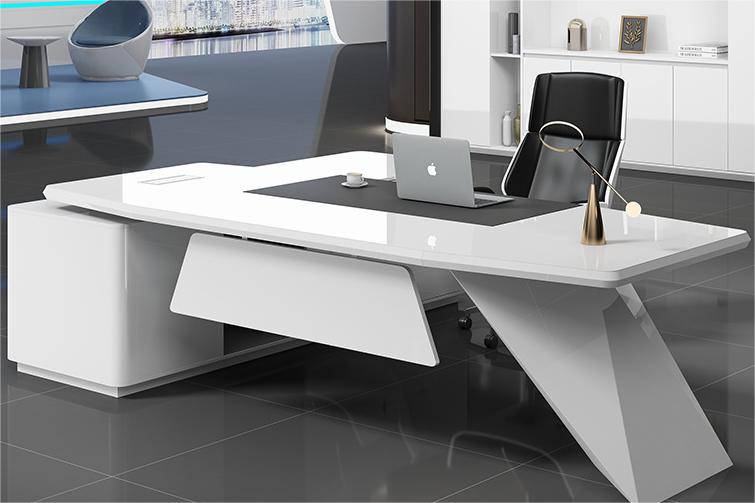

Choosing the Right Material for a Lacquered Conference Table
A lacquered conference table is not only a functional centerpiece of any meeting room but also a reflection of your organization's style and professionalism. When selecting the material for a lacquered conference table, several factors should be considered to ensure durability, aesthetics, and functionality. Here's a guide to help you choose the right material for your lacquered conference table:
1. Wood: Wood is a classic and versatile choice for a lacquered conference table. Hardwoods such as oak, walnut, cherry, or maple are commonly used due to their durability, beauty, and natural grain patterns. Wood can be stained or finished with lacquer to achieve a glossy, polished look while highlighting the unique characteristics of the grain. Wood conference tables exude warmth, elegance, and sophistication, making them ideal for traditional or upscale office environments.
2. MDF (Medium-Density Fiberboard): MDF is an engineered wood product made from compressed wood fibers bonded with adhesive. It is valued for its smooth and uniform surface, which provides an excellent base for lacquer finishes. MDF conference tables offer affordability, stability, and the ability to achieve precise shapes and designs. With proper preparation and finishing, MDF can emulate the appearance of solid wood at a fraction of the cost, making it a popular choice for budget-conscious buyers.
3. Glass: Glass conference tables with lacquered finishes offer a sleek and modern aesthetic that complements contemporary office spaces. Tempered glass, known for its strength and safety, is often used for tabletops due to its durability and resistance to scratches and stains. Lacquered glass tables can be customized with a wide range of colors and finishes, from glossy to matte, to suit your design preferences. Glass conference tables reflect light, create an illusion of space, and add an air of sophistication to any meeting room.
4. Metal: Metal conference tables provide durability, stability, and a minimalist aesthetic that is well-suited for industrial or modern office environments. Materials such as steel, aluminum, or stainless steel are commonly used for table frames or legs, offering strength and structural support. The tabletop may be constructed from metal or coated with lacquer to create a smooth and durable surface. Metal conference tables with lacquered finishes are easy to clean, maintain, and can withstand heavy use in high-traffic areas.
5. Composite Materials: Composite materials such as acrylic, resin, or laminate offer versatility, durability, and a wide range of design options for lacquered conference tables. These materials can be molded, shaped, and finished with lacquer to achieve custom designs, textures, and colors. Composite conference tables are resistant to moisture, stains, and fading, making them suitable for long-term use in commercial settings. They offer the flexibility to create unique and eye-catching table designs that complement any decor style.
In conclusion, choosing the right material for a lacquered conference table depends on your budget, design preferences, and functional requirements. Whether you prefer the warmth of wood, the sleekness of glass, the durability of metal, or the versatility of composite materials, there are plenty of options available to create a stunning and functional centerpiece for your meeting room. By considering factors such as durability, aesthetics, and maintenance requirements, you can select the perfect material for your lacquered conference table that reflects your organization's style and professionalism.




